|
Smashing across the Badung Strait on a small speedboat half full of locals, we’re heading for the tiny island of Nusa Lembongan. Each time the boat catches air, we brace for the impending plummet as it slams into the rough afternoon sea. The red sign in front of us reads “life jackets below the seat”, but after a quick inspection, there are clearly none to be found. We smile and grimace, taking in the thrilling ride one wave, and loud “smack," at a time. the island Twelve kilometers southeast of Bali, across the sometimes "dicey" Badung Strait, is the small island of Nusa Lembongan. With a population of 5,000 people, the 8 square kilometer island is home to beautiful limestone cliffs, white sand beaches, turquoise water and coral reefs. In recent years, it has become popular amongst tourists with more western restaurants and small modern resorts joining the established guest houses in two main villages. However Lembongan still feels like a throwback in time, with seaweed being dried on giant tarps along the shoreline, kids flying kites at sunset and a virtual silence that sets in after 8:30pm. Narrow, tangled streets accommodate motorbikes, "push bikes" (aka bicycles), and small hotel minibuses, making up the island's only transportation options. On the southeast shoreline, a yellow wooden suspension bridge over a narrow channel of water connects it to the neighboring island, Nusa Ceningan. Renting motorbikes and cruising around the two islands is a thrill, with potholed streets hugging the shoreline, hilltops with views of Bali in the distance and countless locations that feel virtually undiscovered. where to go The restaurant scene leaves much to be desired, with a handful of pricey western options combined with a good amount of warungs, some better than others, but all serving an odd combo of curry, seafood and Italian dishes. Channeling the many environmentally-conscious restaurants in Ubud, Bali Eco Deli offers small but tasty salads, amazing smoothies (don't miss the delicious date smoothie) and healthy pastries (all a bit pricey compared to local standards but worth the extra few dollars). They also act as a recycling center, collecting plastic bottles and shipping them back to Bali to be recycled. Lembongan lacks the infrastructure for a recycling center and garbage remains an ongoing struggle. We witnessed piles of trash and plastic bottles being burned multiple times during our five day visit, making supporting Bali Eco Deli a no-brainer. Bring your own reusable bottle and get 10% off your check, plus filtered water refills. Oh, and we love their signage (think of the kittens!). Warung Bu Candra is a very basic but a tasty and completely local restaurant. Dishes are between $1-2 and the owner is extremely welcoming. On the other end of the spectrum is Hai Tide Bar and Grill, which sits on Mushroom Beach and serves some fancier food, a combination of Indonesian and western classics. Both spots have a variety of vegetarian options and while Hai Tide is definitely more expensive, we were still able to share a delicious dinner dinner for about fifteen bucks and enjoyed the seaside setting. The best coffee/wifi combo we on the island is at Two Towers, sitting on the top of the hill in between Lembongan and Jungut Batu villages. The setting is idyllic and it is managed and ran by some of the nicest people we encountered. Try the inexpensive veggie sando or any of the strong coffee drinks or smoothies. living dangerously: night walks on Lembongan
Shuffling through the hilltop cemetery in the pitch black night, a sudden wind blows through the trees and across the pothole stricken road. Why we chose to walk the 1.5 miles through this dark, deserted island back to our homestay for the third night in a row, we can't say. It all started the night we arrived on Nusa Lembongan. We took a short walk to the beach that afternoon before discovering a cliffside path to the main village just over a mile away. In the daylight it was gorgeous, as picturesque as almost any place we'd been so far, with the turquoise blue waters gently lapping over the coral reef below, the local fishing boats bobbing in the distance. But after dinner, once the sun had set and the black night enveloped the sleepy island, we knew the walk home would be interesting, to say the least. Navigating the tiny web of village streets to get on the main road was difficult enough, but our phones were both on the verge of dying. A collective 20% of battery life we desperately tried to save so google maps could guide us home. Up a steep incline, past Panorama Point, is where we first found the cemetery. Not knowing it was there, the raised cement coffin-like headstones sitting under strange umbrellas was the first indication of what we'd stumbled upon. Quickly pushing through, only the light of a mini flashlight to guide us, the headlights of a small passenger van crept up... On the second night, we decided the cliffside path would be a better route home. After all, this time we'd brought Megan's headlamp and had familiarized ourselves with the island. Starting out, with bellies full from dinner, everything seemed so easy. We walked on the path, among piss-drunk Aussies and past swanky villas. But soon our mates from “Straya” veered off, heading to their villa, and we'd only made it a third of the way home. No worries, we had this, we thought. Crossing a small beach before climbing a steep, rocky section of the path inoto a forested area, feeling a bit less confident, we picked up the pace. A sudden rustling in the bushes! “Shit, what is it?!” Flashlights shining, large beer bottle ready for a defensive move, we saw the lovely brown cow we'd just met yesterday, as startled by our presence as we were her's. Confidence plunging, we hastened the pace once again. Megan swinging her flashlight behind her each time the trees whispered in the dark windy night. The jungle gave way to deserted huts and buildings under construction as a man walked quietly down the stairs toward us, from a spot up the hill. He followed us for a few hundred feet (probably to ask if we needed help, but we weren't going to risk it) before we made it to a restaurant, a sign that civilization and our home was near. On night three, and with flashlight and headlamp guiding the way, we high-five once making it through the cemetery. A group of local men on the balcony of a nearby shop say hello and exchange a few laughs at the expense of our nighttime “trek." But we don’t care, we’ve made it through the worst part and we’re feeling good. Back down the hill, we stumble upon a small house/store, almost within shouting distance of our homestay. Having succeeded in making it home alive through impossible circumstances for the third night, we reward ourselves with Paddle Pops (local, awesome, popsicles often consumed twice a day) and laugh at our exploits the rest of the way home. The moral of the story: Sometimes it's worthwhile to take the dark, semi-sketchy way home. We wouldn’t do it again, but if we hadn’t done it in the first place, there wouldn’t be a story at all.
4 Comments
Kathy Carty-Mullen
6/19/2015 12:59:55 am
Loved the sign. ..refill your water bottle. ..save a kitten. Your trip sounds absolutely amazing and something you are deeply enjoying and called to do right now. Love your writing Meg. Thanks for sharing.
Reply
6/19/2015 11:54:41 am
Thanks Kathy! It has been an amazing trip so far. We've been both impressed and inspired with so many small businesses that focus on environmental initiatives and community give-back, especially in places where these things are not mainstream. Thank you for following along!
Reply
Libby
10/1/2016 10:10:41 pm
A great read, thank you :-)
Reply
10/4/2016 06:14:24 am
Hi Libby!
Reply
Your comment will be posted after it is approved.
Leave a Reply. |
Cohica TravelA travel design agency. Categories
All
Archives
October 2023
Follow us on Instagram @CohicaTravel
|

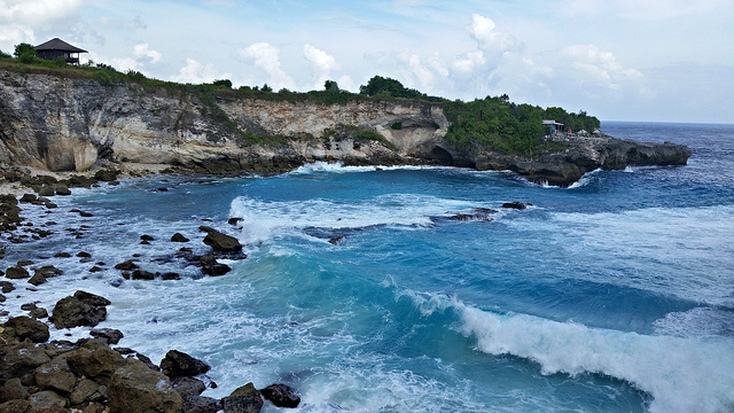
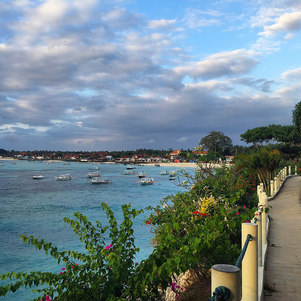
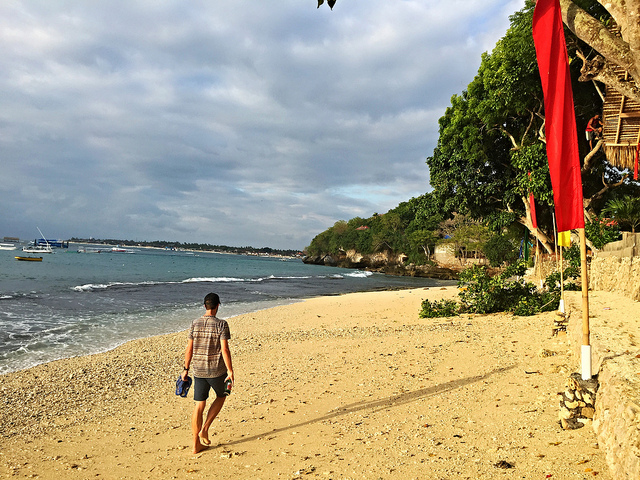
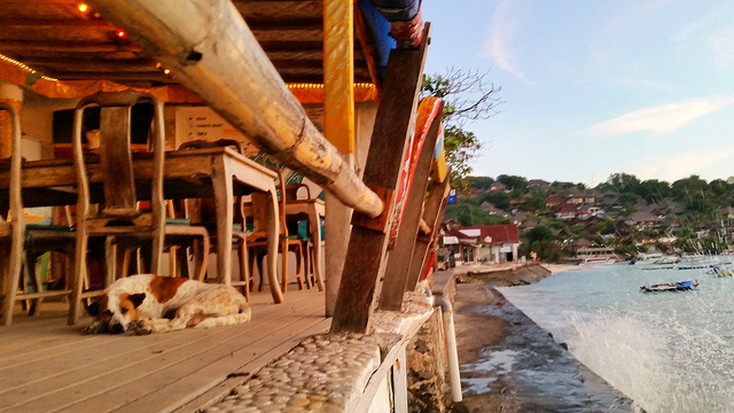
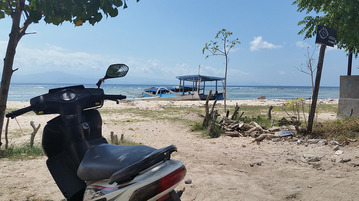
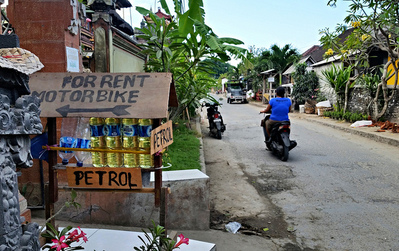
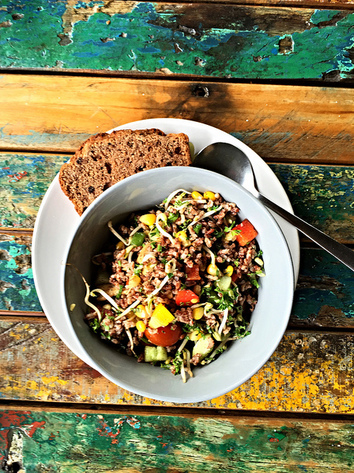
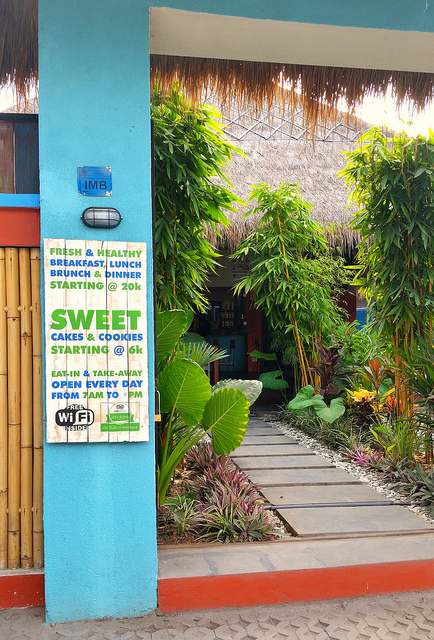
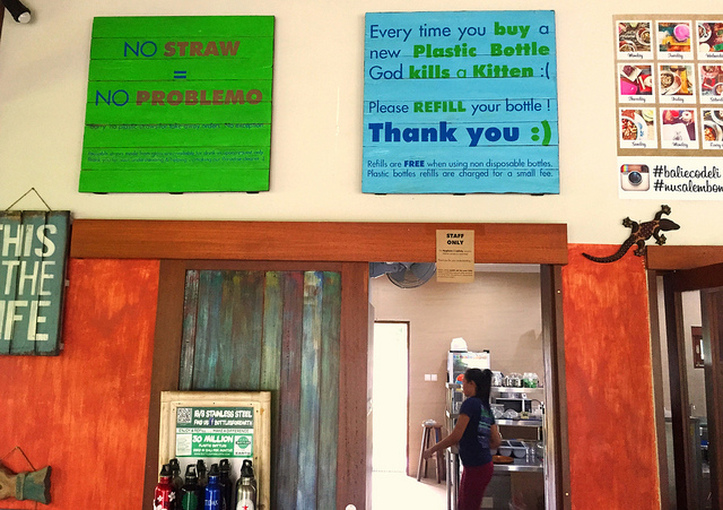
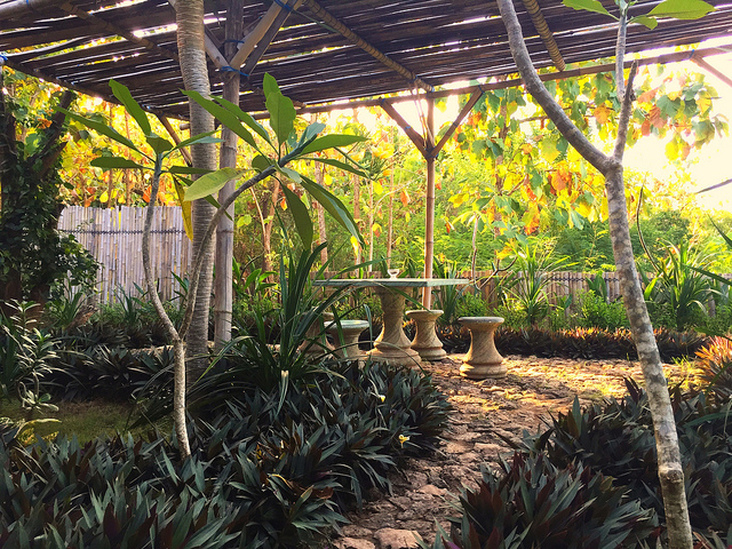
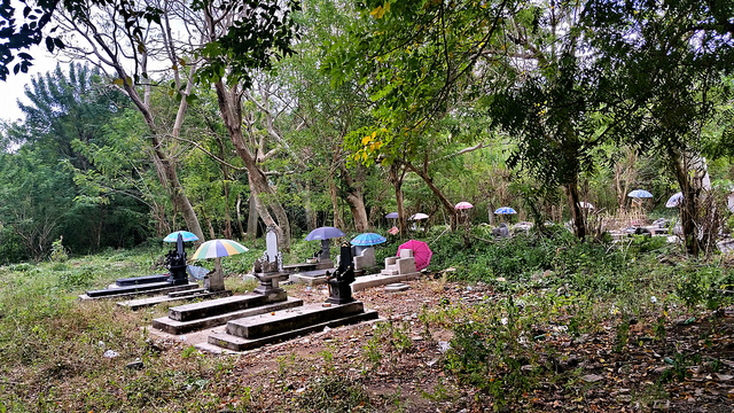
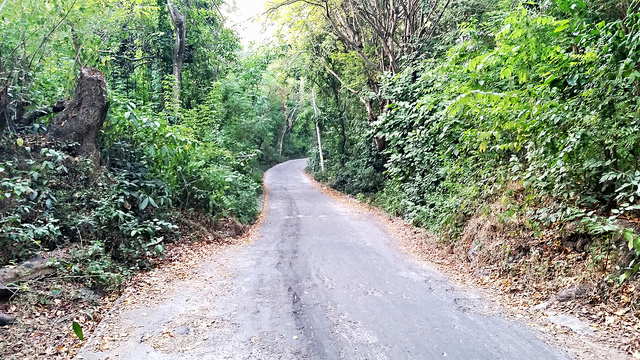
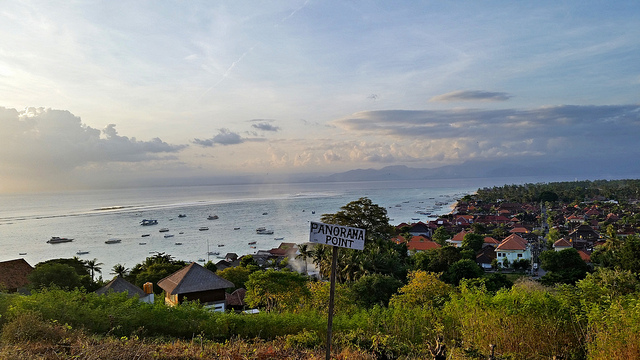
 RSS Feed
RSS Feed
